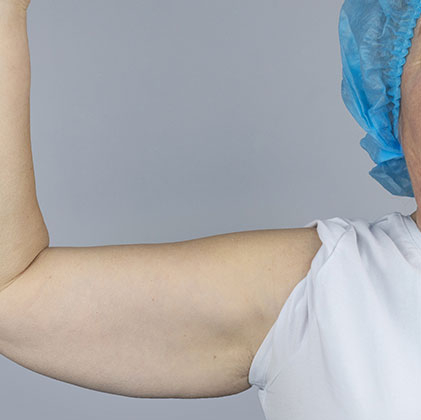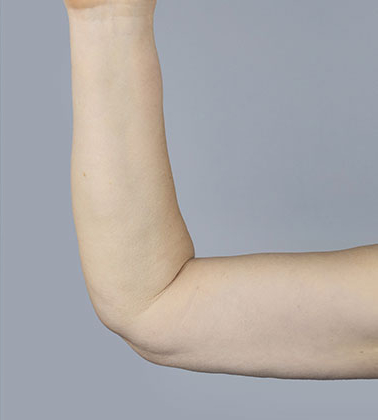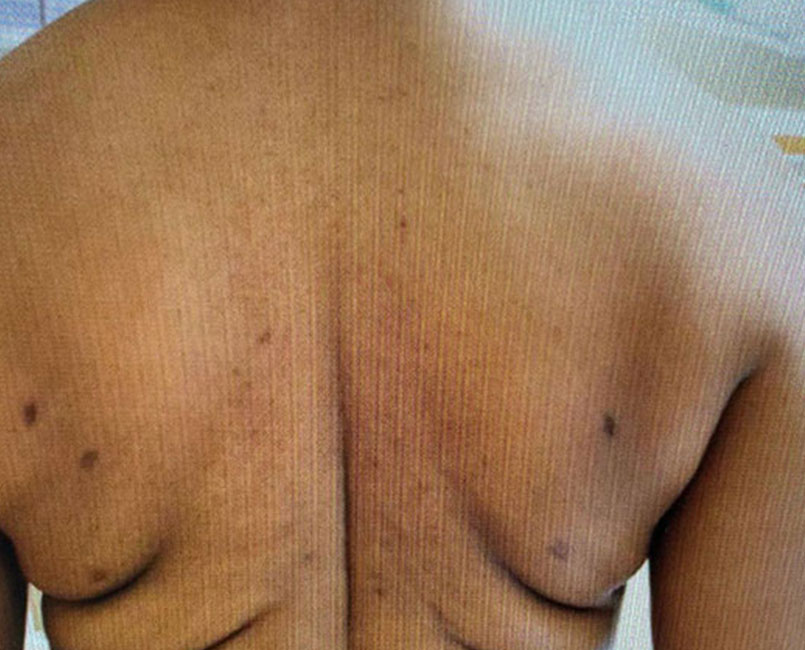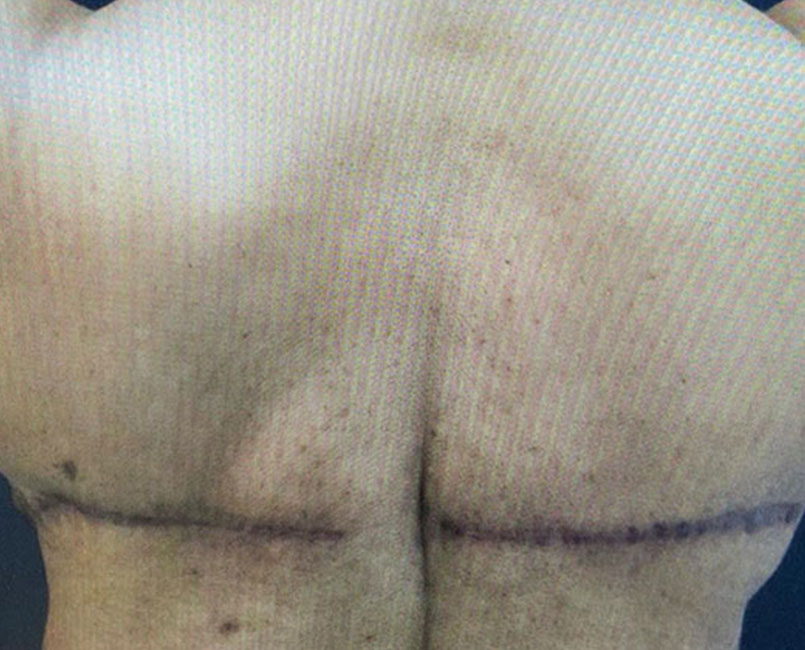Also known as reduction mammoplasty, breast reduction aims at reducing the size of the breasts by removing additional fats, tissues, and skin. Owing to being an outpatient procedure, it does not involve many complications.
Abnormally large breasts pave the way for back, shoulder, and neck pain. In some instances, when the pressure inflicted is unbearable, headache and herniated discs become a common occurrence. Some women develop a negative body outlook or feel self-conscious when attending public gatherings due to the size of their breasts.
Breast reduction can successfully address the aforementioned physical and psychological challenges. To know more about it, please check out the given discussion right now.
Preparation
Before a breast reduction, a doctor will perform a routine test to determine if you are an ideal candidate and in proper health condition. He or she will also decide on the use of anesthesia because some patients opt for general while a majority of them are fine with local.
In the days before the procedure, you must stop consuming aspirin, ibuprofen, and other OTC medications that increase the chances of bleeding. Arrange for someone in advance, who will be able to give you a ride home, and take care of the household chores temporarily.
On the day of the procedure, you must not eat or drink anything for a couple of hours.
Procedure
The surgeon will make an incision at the areola or the pigmented area around the nipple and goes down to the base of the breast. He or she will now extract out the fatty tissue and tighten the existing muscles so that the breasts look aesthetically appealing. The surgeon leaves behind the nipple in place, but at times repositioning is a must.
Aftercare and Healing
Post-surgery, the breasts are gently wrapped with a gauze bandage. The drainage tubes are usually attached for getting rid of the extra fluids, which contribute to the swelling. Do not remove the bandage without doctor’s permission. Also, you need to wait for at least a week to wear a bra.
You will be able to speed up healing by taking as much rest as possible. Avoid any movement that may cause muscle strain. Do not lift anything above five pounds. Your breasts will be sore to touch. Go for only prescribed painkillers or try to manage the discomfort by applying ice cubes.
Risks
It is essential to be aware of the risks stated below, although they are quite rare.
• Decrease in the size of the nipples.
• Loss of nipple sensation.
• Problems related to breastfeeding.
• Scarring.
• Allergies to surgical tape, anesthesia, and drugs used.
Breast reduction helped a large number of women enjoy the aesthetic as well as health benefits of smaller breasts. Apart from mentally adjusting to the brand-new appearance, they also need to purchase clothes that will fit.
Get the procedure done only from a board-certified practitioner, who is aware of the latest trends, and adheres to the internationally recognized safety protocols. Remember, the inflammation takes several days to subside, so, if the breasts fail to look smaller immediately, do not worry.
In a few cases, women require follow-up surgery for amending the mistakes or enhancing the outcome further.




